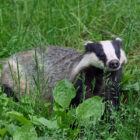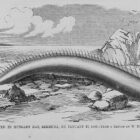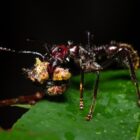Why Honey Badgers Don’t Care
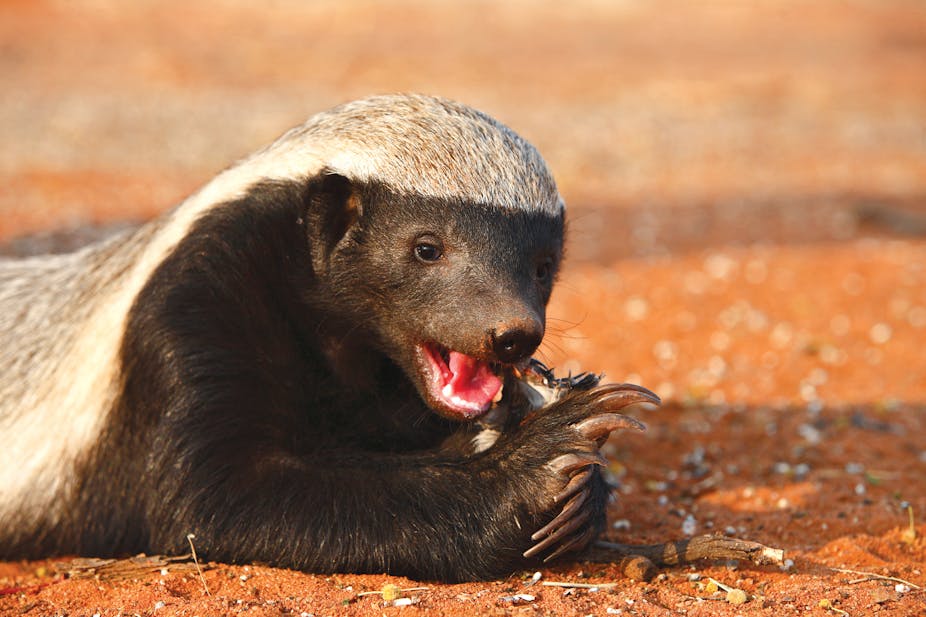
The honey badger has garnered a reputation for its fearless and tenacious nature. Often hailed as one of the toughest animals in the animal kingdom, the honey badger’s “don’t care” attitude has captured the imagination of people worldwide. But what lies behind this seemingly fearless demeanor?
Meet the Honey Badger
The honey badger, scientifically known as Mellivora capensis, is a remarkable carnivorous mammal that roams the savannas, forests, and scrublands of Africa, Southwest Asia, and the Indian subcontinent. Despite its name, the honey badger is not closely related to true badgers; instead, it belongs to its own genus, Mellivora, within the family Mustelidae.
Physically, the honey badger cuts an imposing figure. Its stocky build and muscular frame give it an appearance of strength and resilience. The honey badger’s body is well-adapted for its predatory lifestyle, with short, powerful legs that enable it to move swiftly and deftly across varied terrain. Its coat, which varies in color from gray to black, is coarse and thick, providing protection from the elements and potential predators.
Small But Fierce
On average, honey badgers measure around 55 to 77 centimeters (22 to 30 inches) in length from the head to the base of the tail. Their tails add another 12 to 30 centimeters (4.7 to 12 inches) to their total length.
In terms of weight, honey badgers usually range from 9 to 16 kilograms (20 to 35 pounds). However, larger individuals have been recorded, with some exceptionally large honey badgers weighing up to 30 kilograms (66 pounds) or more. These larger specimens are relatively rare and are often found in areas with abundant food resources and favorable habitat conditions.
Despite its relatively small size compared to some of its larger carnivorous relatives, such as lions and hyenas, the honey badger is a force to be reckoned with in the animal kingdom. Its powerful jaws are equipped with sharp teeth designed for tearing through flesh and crushing bones, making it a formidable predator and scavenger.
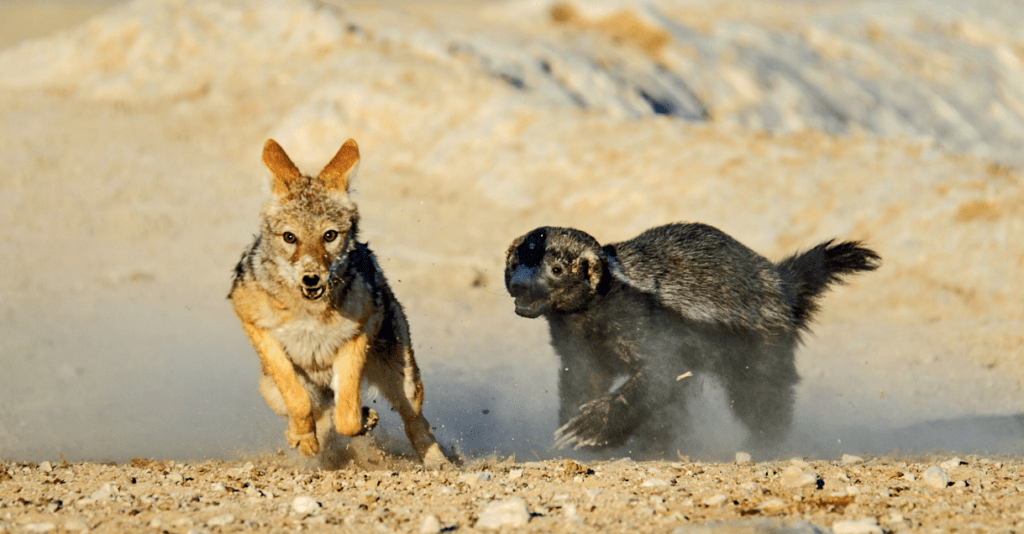
Honey Badgers Are Fearless
The honey badger’s reputation for fearlessness is well-deserved and rooted in its remarkable behavior when confronted with danger. Despite its relatively small size, this tenacious mammal demonstrates a boldness that belies its stature, confronting formidable adversaries with unwavering resolve.
Hunting Techniques
The honey badger’s fearless demeanor is exemplified in its hunting techniques, which often involve taking on prey much larger than itself. This opportunistic feeder exhibits a diverse diet, preying on a wide variety of animals ranging from rodents and birds to reptiles and larger mammals such as antelope and wildebeest calves. Its audacious approach to hunting allows it to exploit opportunities that may seem beyond its capabilities, demonstrating a remarkable adaptability and resourcefulness in securing sustenance.
Defensive Strategies
In addition to its bold hunting tactics, the honey badger’s fearlessness extends to its defensive behavior when threatened. Confronted with predators such as lions, hyenas, or venomous snakes, the honey badger stands its ground, refusing to back down in the face of danger.
Armed with sharp claws, powerful jaws, and a thick, loose skin that provides protection against attacks, the honey badger is more than capable of defending itself against larger adversaries. Its aggressive response to threats serves as a formidable deterrent, dissuading potential attackers and asserting its dominance in the wild.
Territorial Defense
Beyond individual confrontations, honey badgers also exhibit fearlessness in defending their territories against intruders. They mark their territories with scent markings and engage in vocalizations to deter rival honey badgers and other potential competitors. This territorial behavior underscores the honey badger’s willingness to assert its dominance and protect its resources, reinforcing its reputation as a fearless and formidable inhabitant of the African savannah.
Endurance and Tenacity
The honey badger’s fearlessness is further exemplified by its endurance and tenacity in the face of adversity. Despite encountering obstacles and challenges in its environment, the honey badger perseveres, displaying a resilience that is essential for survival in harsh and unpredictable conditions. Whether traversing vast distances in search of food or engaging in prolonged battles with adversaries, the honey badger’s unwavering determination is a testament to its indomitable spirit.
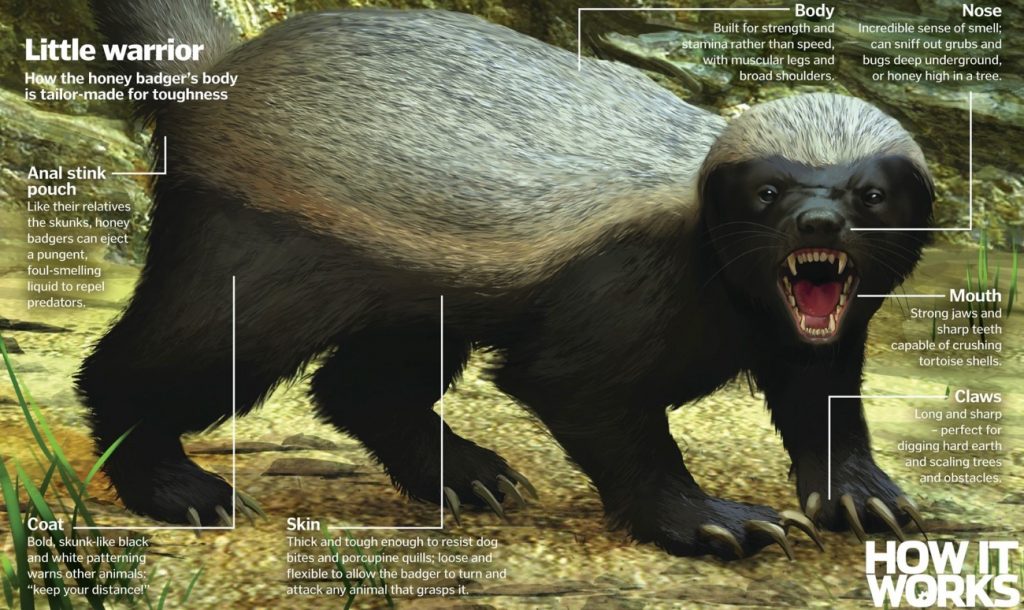
Defenses and Weapons
One of the honey badger’s most notable adaptations is its thick, loose skin. This unique feature serves as a form of armor, providing protection against the sharp claws and teeth of potential predators. The honey badger’s skin is so thick and elastic that it can twist and turn freely, making it difficult for attackers to gain a firm grip. This flexibility is a crucial advantage in confrontations with larger predators, allowing the honey badger to evade capture and escape unscathed.
In addition to its formidable skin, the honey badger possesses powerful jaws and sharp teeth, perfectly adapted for hunting and consuming a wide variety of prey. Its robust dentition enables it to tear through tough hides and crush bones with ease, making it a highly effective predator. This combination of strength and precision allows the honey badger to dispatch prey quickly and efficiently, minimizing the risk of injury during the hunt.
Furthermore, honey badgers possess powerful digging claws, which they use to excavate burrows and access hidden prey. These claws are well-suited for digging through hard-packed soil and breaking apart obstacles, allowing honey badgers to exploit a wide range of habitats and food sources. Their adept digging skills also enable them to create sheltered dens for resting and raising young, providing a safe haven from predators and harsh weather conditions.
Honey badgers are known to exhibit a behavior known as “prey-handling resistance”, where they are able to bite and kill venomous snakes without being envenomated. This behavior involves biting the snake’s head or neck in such a way that minimizes the risk of venom injection.
Resistance to Venom
Among the honey badger’s arsenal of adaptations for survival, its remarkable resistance to venom stands out as a particularly intriguing trait. Despite its small size and formidable predators, the honey badger fearlessly confronts some of the most venomous snakes in its habitat, including cobras and black mambas. But what makes the honey badger so resilient to these deadly toxins?
Studies have shown that honey badgers possess a unique combination of physiological adaptations that enable them to withstand venomous snake bites. One key factor is their rapid metabolism, which allows them to process and eliminate toxins from their bloodstream more quickly than other animals. This rapid detoxification process helps to minimize the effects of venom and reduces the severity of symptoms.
In addition to their fast metabolism, honey badgers have been found to possess certain proteins in their blood that neutralize snake venom. These proteins, known as serum factors, bind to the toxins in the venom and render them inactive, preventing them from causing widespread damage to tissues and organs. This neutralizing effect is thought to contribute to the honey badger’s ability to survive venomous snake bites with relatively few adverse effects.
Why Honey Badgers Don’t Care
So, why do honey badgers exhibit such fearless behavior? The answer lies in their ecological niche and evolutionary history. As opportunistic feeders, honey badgers have evolved to take advantage of a wide range of food sources, from insects and small mammals to larger prey items. Their fearlessness and tenacity enable them to exploit these food sources effectively, giving them a competitive edge in their environment.
Honey badgers have few natural predators due to their aggressive defense mechanisms and formidable hunting skills. This lack of predation pressure has allowed them to develop a “don’t care” attitude towards potential threats, confident in their ability to defend themselves and secure food resources.


